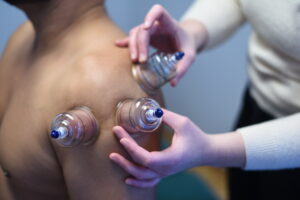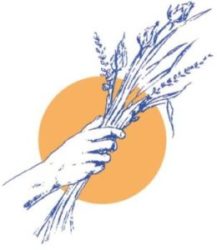Shoulder Pain
 The shoulder joint is one of the most complex joints in the body. Consisting of three bones, four joints, nine muscles, and three bursae, it moves in more than one plane, allowing for many varied ranges of motion. To further complicate matters, the primary joint, the ball and socket gleno-humeral joint, is quite shallow, and like a golf ball sitting on a tee, it is inherently unstable.
The shoulder joint is one of the most complex joints in the body. Consisting of three bones, four joints, nine muscles, and three bursae, it moves in more than one plane, allowing for many varied ranges of motion. To further complicate matters, the primary joint, the ball and socket gleno-humeral joint, is quite shallow, and like a golf ball sitting on a tee, it is inherently unstable.
Shoulder injuries are frequently caused by athletic activities that involve excessive, repetitive overhead motions such as swimming, tennis, and pitching. They can also occur during every day activities such as washing windows, gardening, and computer work. As we age, our shoulders are common joints to develop osteoarthritis.
In order to help your shoulder pain from becoming a chronic condition, it is a good idea to be aware of warning signs:
- Stiffness: can you move it into all the normal positions?
- Instability: does it feel like it might pop out of the socket?
- Weakness: are you unable to lift items that you used to be able to lift?
- Pain: are you avoiding certain movements or activities because they cause pain?
 If any of these things are occurring, or if you have other concerns about your shoulder, please feel free to contact us. We treat rotator cuff injuries, tendonitis, bursitis, frozen shoulder, and impingement syndromes, degenerative changes, as well as acute or chronic sprains and strains.
If any of these things are occurring, or if you have other concerns about your shoulder, please feel free to contact us. We treat rotator cuff injuries, tendonitis, bursitis, frozen shoulder, and impingement syndromes, degenerative changes, as well as acute or chronic sprains and strains.
We utilize many methods in addressing your shoulder condition. We adjust the three joints manually and with adjusting tools, we use physical therapy modalities like ultrasound and muscle stimulation and various deep tissue massage techniques. We will instruct you to do exercises targeted to specific muscles in order to stretch, strengthen, and/or stabilize the joint. And we use many kinesiotaping methods to help to continue the healing when you leave the office.
